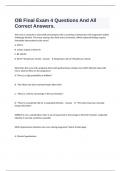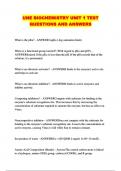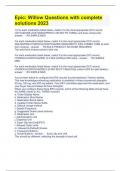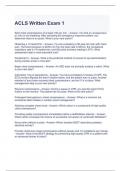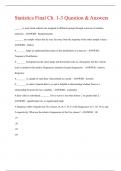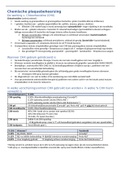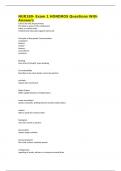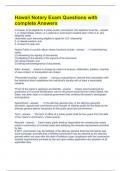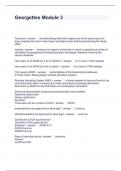Exam (elaborations)
OB Final Exam 4 Questions And All Correct Answers.
- Course
- Institution
The nurse is caring for a client with preeclampsia who is receiving an intravenous (IV) magnesium sulfate (Sulfamag) infusion. The nurse assesses the client every 20 minutes. Which maternal findings require immediate intervention by the nurse? A. DTR 2+ B. urinary output of 30mL/hr C. BP 130/90...
[Show more]
